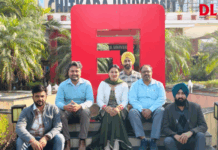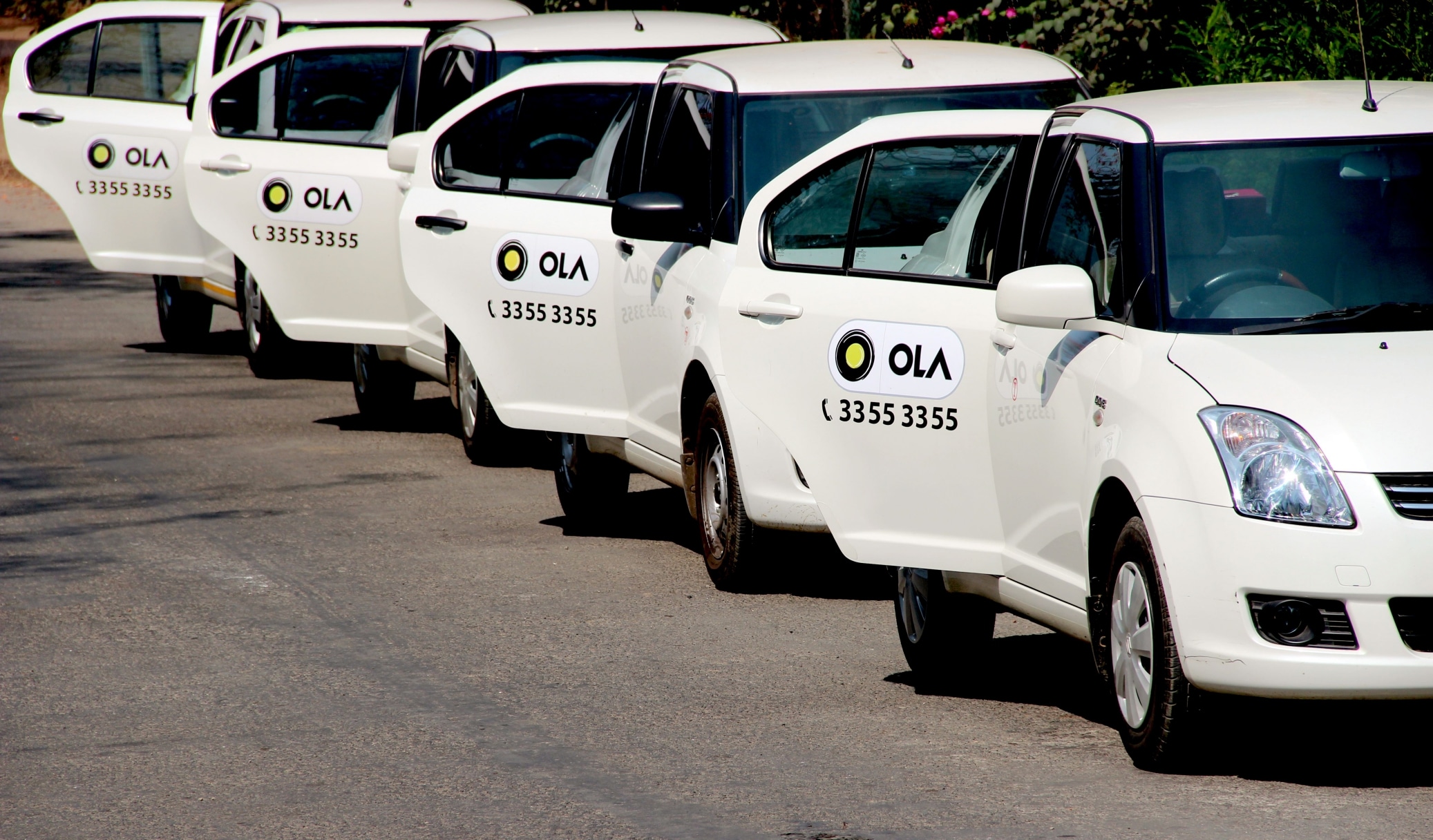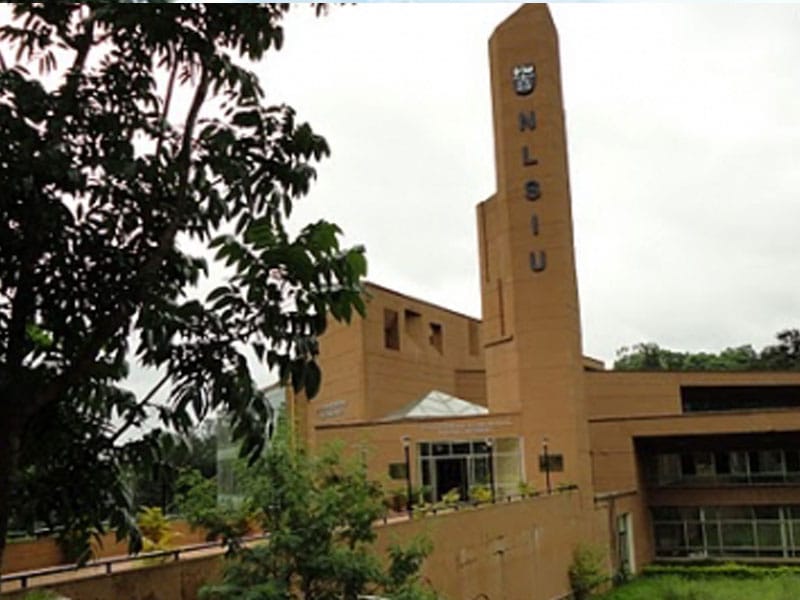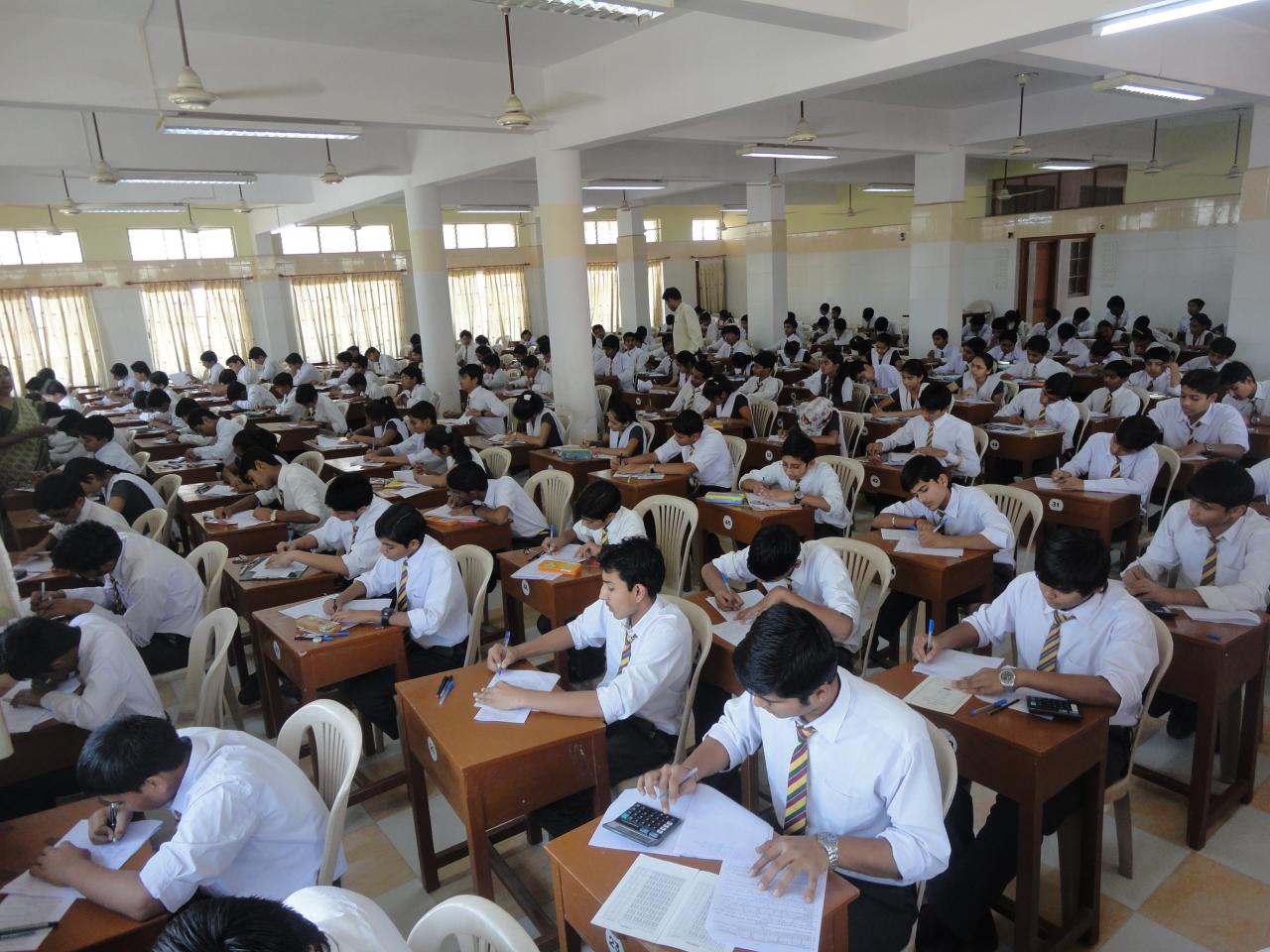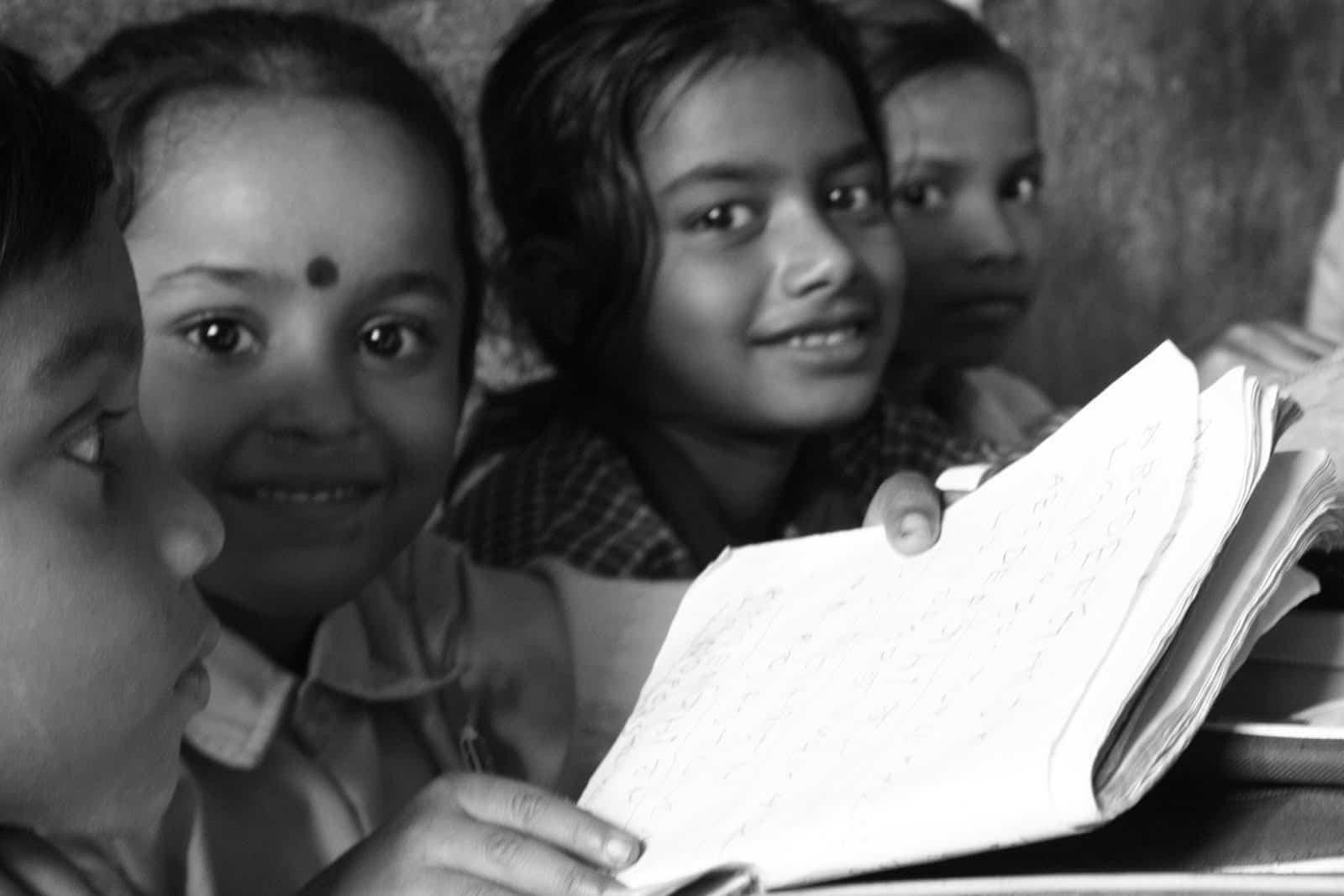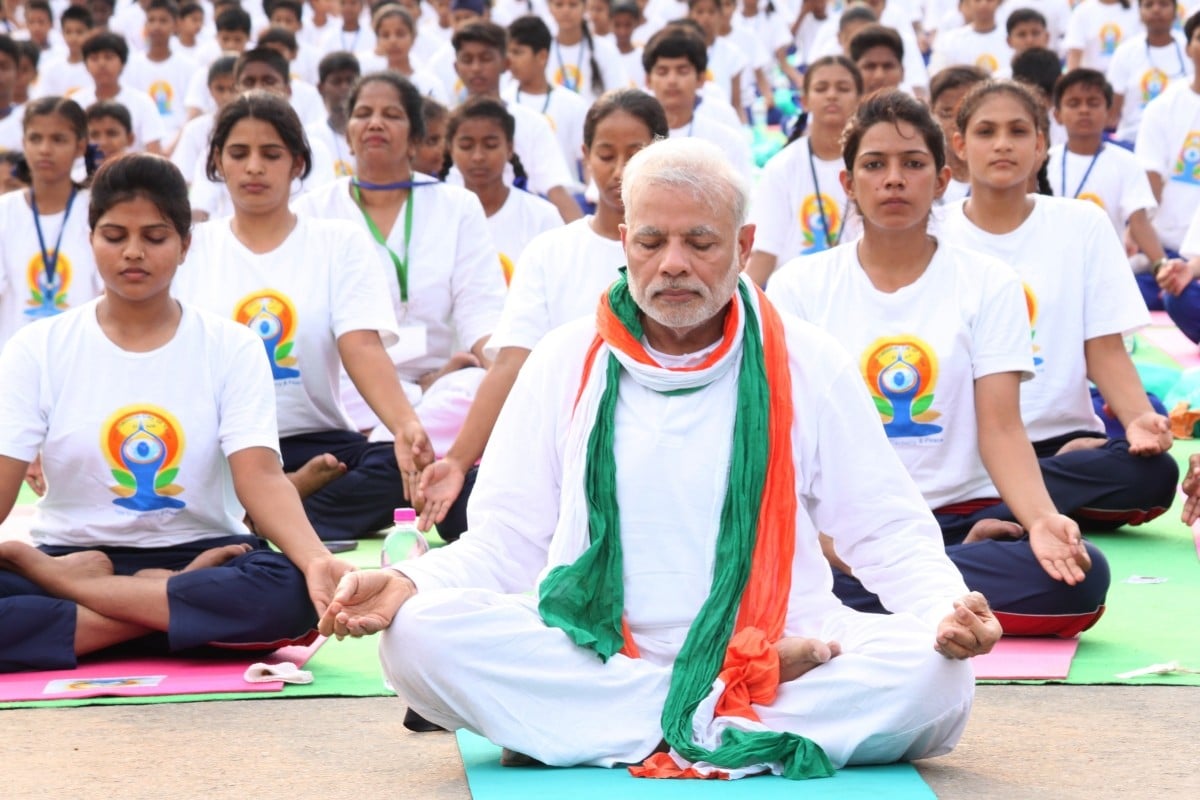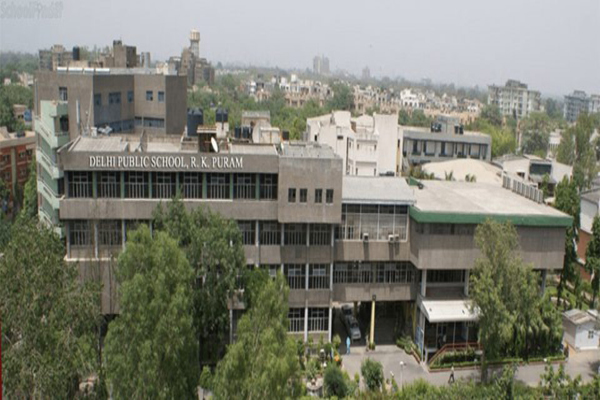Over three lakh new jobs may be created in India’s renewable energy sector if the country achieves its target of 160 Gigawatt (Gw) power generation capacity through wind and solar energy by 2022.
Out of India’ target of 160 Gw capacity 100 Gw is the share of solar energy and rest 60 Gw is of wind energy.
According to a study done by the Council on Energy, Environment and Water (CEEW) and the Natural Resources Defense Council (NRDC) revealed, “More than 3,00,000 new workers can be employed in wind and solar jobs and more than 1 million total employment opportunities can be created in achieving India’s ambitious clean energy goals to install 160 gigawatts of renewable power by 2022.”
The first-of-its-kind CEEW-NRDC study – Greening India’s Workforce: Gearing Up For Expansion of Solar and Wind Power in India, said, 70 per cent of the new workforce will employed by the labour-intensive rooftop solar segment. This segment is expected to create seven times more jobs than large-scale projects such as solar farms, the study stated.
The study further estimates that in next five years, India’s clean energy sectors like wind power have the potential to employ 34,600 people, the utility solar has a capacity to employ 58,600 people and in and rooftop solar may provide jobs to 2,38,000 people.
The study also suggests strong growth in the domestic solar manufacturing industry that may further lead to full-time employment of 45,000 people in India.
According to the report, the jobs in renewable energy sector will be distributed across the country with Maharashtra and Uttar Pradesh leading in job creation. Wind jobs, are likely to be concentrated in a few states that have high wind potential, as has been the case with wind capacity, it added.
CEEW programme associate Neeraj Kuldeep, said, “80 per cent of the new clean energy workforce will be employed during the construction phase. However, despite these being contractual jobs, the large pipeline of renewable energy projects creates enough opportunities for workers to stay employed. Additionally, since most of these jobs are in the rooftop solar PV segment, central and state governments must provide greater policy support to the rooftop sector.”
Consultant and Development Economist NRDC Nehmat Kaur, said, “With this tremendous opportunity, India is stepping up as a global leader in demonstrating how a growing economy can scale up renewables, generate employment and provide access in the face of rising energy demands.”
In order to collect accurate and market-based formation on jobs creation, workforce employed and the skills required to achieve India’s renewable energy goals, CEEW and NRDC are conducting annual surveys on India’s solar and wind project developers, and now manufacturers for last three years.



